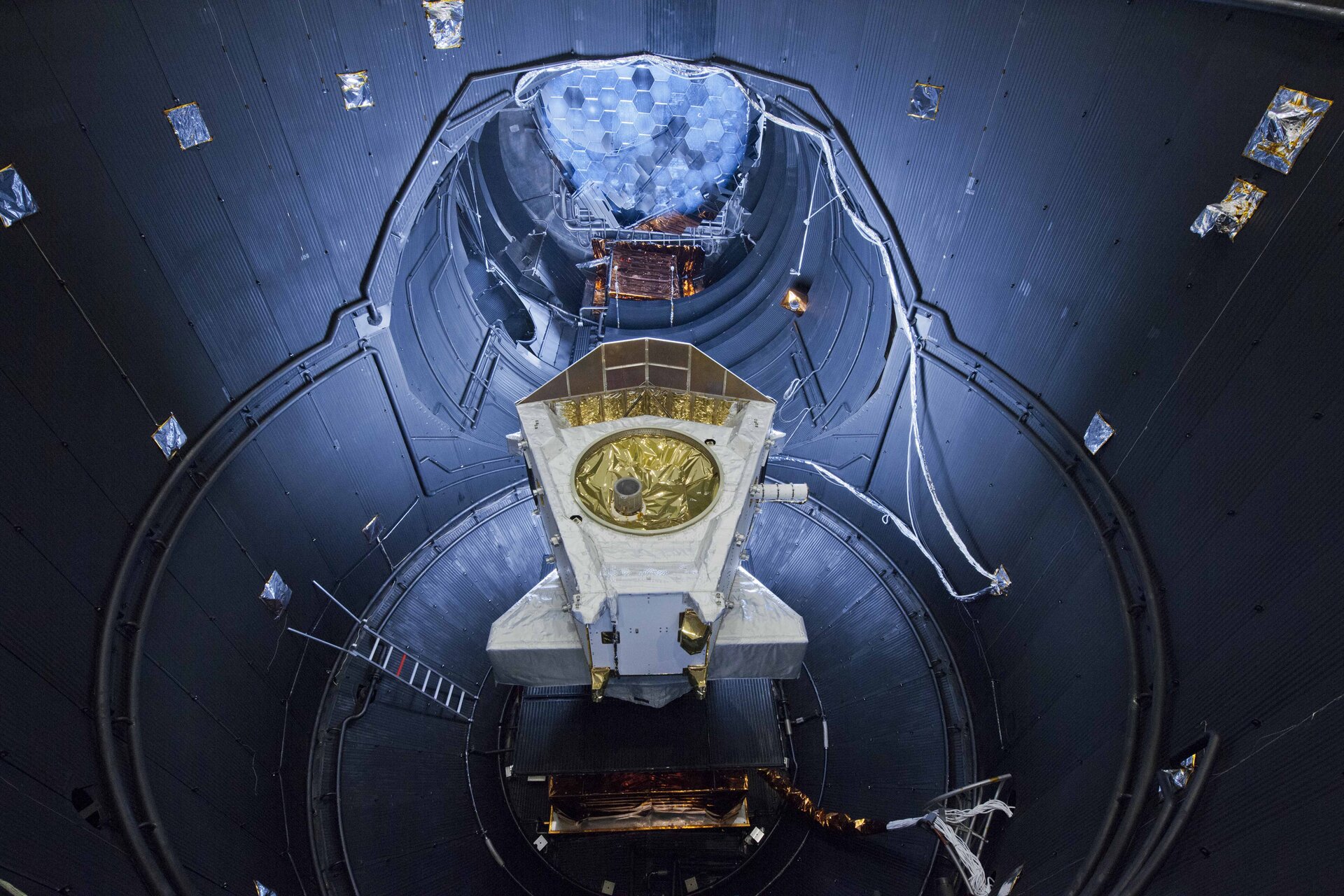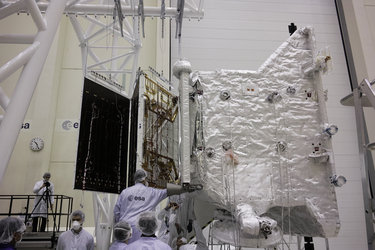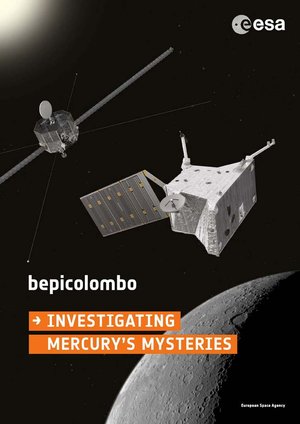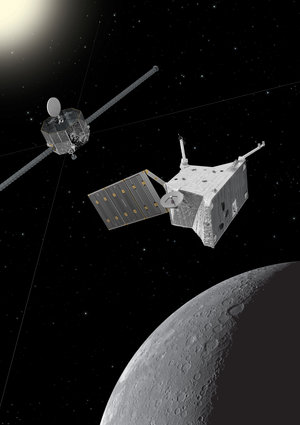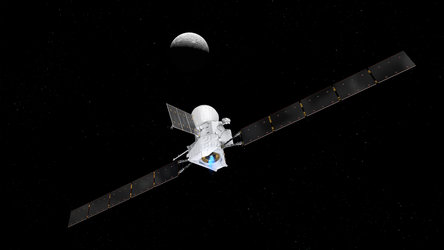High temperature challenge
Most of ESA’s previous interplanetary missions have been to relatively cold parts of the Solar System. BepiColombo will be the Agency’s first experience of sending a planetary probe close to the Sun.
The solar intensity at Mercury is about 10 times that at Earth, and the mission will experience temperatures in excess of 450°C – comparable to a pizza oven. To cope with this, the spacecraft’s external items, such as the antennas, solar arrays, Sun sensors and multilayer insulation, have temperature-resistant outer layers and protective coatings, which were individually qualified to prove their capability. Over 80% of the materials had not been tested in such an extreme environment before.
To have representative test conditions, the solar simulator at ESA’s test centre had to be modified to deliver a flux much higher than that for which it was originally designed.
The spacecraft will also have to withstand large changes in temperatures at Mercury – at night it can drop to –180ºC.
Despite travelling towards the Sun, the transfer module requires a large solar array, its two wings together totaling 42 m2. Because of the high solar intensity, they cannot directly face the Sun without reaching excessively high temperatures, so they instead have to be rotated away from the Sun and therefore still need a large area to meet the power requirements of the spacecraft.

The Mercury Planetary Orbiter is a three-axis stabilised spacecraft with one side facing Mercury. It is equipped with a radiator of the largest size compatible with the Ariane 5 fairing diameter. This is specially designed to reflect heat directionally, thus allowing the spacecraft to fly at low altitude over the hot surface of the planet. Heat generated by spacecraft subsystems and payload components, as well as heat coming from the Sun and Mercury and ‘leaking’ through the blankets into the spacecraft, is carried away to the radiator by heat pipes.
Most science instruments are mounted on the side of the spacecraft pointing at Mercury, with certain instruments or sensors located directly at the main radiator, to achieve the low detector temperatures needed for sensitive observations.
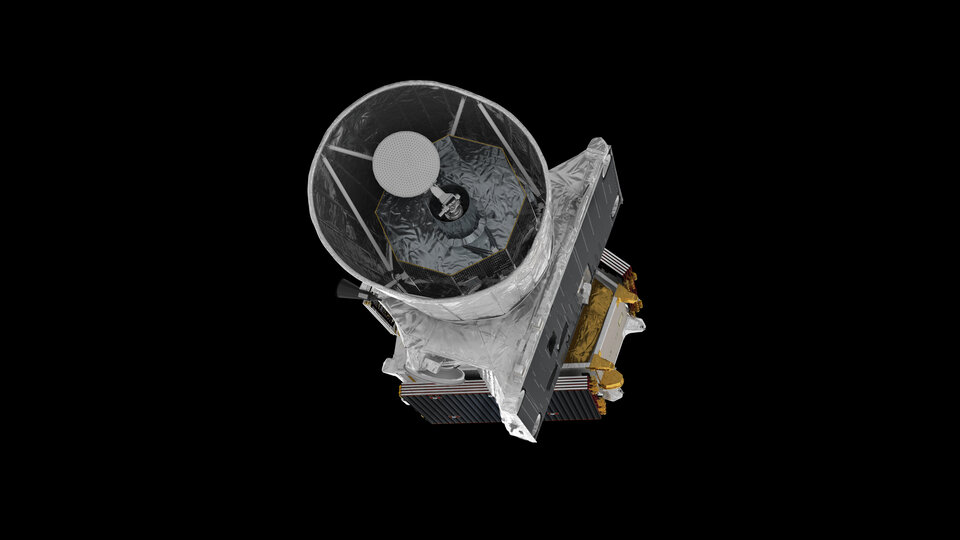
The Mercury Magnetosphere Orbiter is an octagonal spin-stabilised spacecraft; its spin axis will be nearly perpendicular to Mercury’s orbital plane around the Sun, ensuring that the ‘top’ and ‘bottom’ of the spacecraft are never Sun-pointed. Each of the eight side panels is fitted with solar cells, with the areas not covered equipped instead with a mirror finish to reflect solar radiation. The spinning nature of the craft also helps to evenly distribute the heat, like roasting a pig on a spit.
Because it will not be spinning during the cruise phase, it is thermally protected by the sunshield for the journey.


